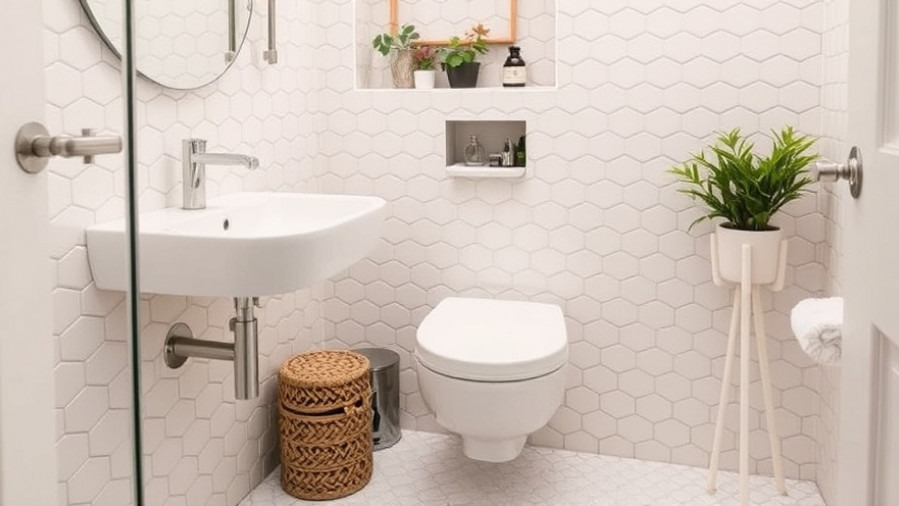
Using Nature's Power for Cooling: The Homeowner's Guide
As the mercury rises each summer, homeowners increasingly seek cost-effective and environmentally friendly alternatives to traditional air conditioning. With rising energy bills and the high cost of conventional cooling systems - often exceeding £3,000 - the spotlight now shines on plants as a feasible 'natural air conditioning' option.
Experts like Craig Morley, a gardening specialist at Budget Seeds, emphasize that houseplants do more than just beautify indoor spaces; they can significantly impact indoor temperature regulation. This is due to the process of transpiration, where plants release moisture vapor into the air, creating a cooling effect similar to how sweating cools the human body.
Benefits of Indoor Plants Beyond Aesthetics
Integrating plants into home design not only offers aesthetic appeal but can also enhance energy efficiency. Houseplants such as snake plants, peace lilies, and ferns are not only known for their air-purifying qualities, but they also help maintain a cooler environment. For homeowners in Virginia considering a room addition or other home expansions, incorporating greenery into these new spaces could bolster cooling effects.
Understanding Zero-Energy Cooling
The concept of zero-energy cooling revolves around utilizing available resources without incurring additional energy costs. For instance, strategically placing large potted plants close to windows can create a microclimate that helps regulate indoor temperatures. This not only reduces reliance on air conditioning systems but also lowers overall energy consumption, which can be an attractive feature for those planning home expansions, such as a kitchen extension or sunroom addition.
Practical Insights for Plant Selection and Placement
When choosing plants for your home, consider their specific light and humidity needs. Indoor plants thrive under various conditions, but proper placement is crucial for achieving optimal cooling results. Positioning taller plants near windows, while placing shorter plants on shelves or tables, allows for better air circulation and light exposure, directly affecting their transpiration rates.
Emotional and Human Interest Angle: A Breath of Fresh Air
For many homeowners, the idea of integrating plants into their living spaces is not only about functionality but also about creating a serene environment. Plants can reduce stress, increase productivity, and improve overall well-being. This emotional connection promotes a healthier lifestyle and can be particularly beneficial during the hot summer months when comfort and coolness are paramount.
Taking Action: How to Incorporate Plants Today
If you’re considering how to enhance your home environment naturally, start by incorporating plants. Visit a local nursery to find plants best suited for your space, or explore DIY room addition plans that include natural elements. A few well-placed houseplants can transform your living area while helping you save on cooling costs. Additionally, if you’re planning significant home modifications, consider discussing with home addition contractors about incorporating natural elements into your designs.
Whether it’s a new home gym addition or a cozy family room, integrating plants can not only elevate your space but enhance its cooling capabilities. Start exploring the vibrant world of houseplants as your first step towards a cooler and more sustainable home!
 Add Row
Add Row  Add
Add 



Write A Comment